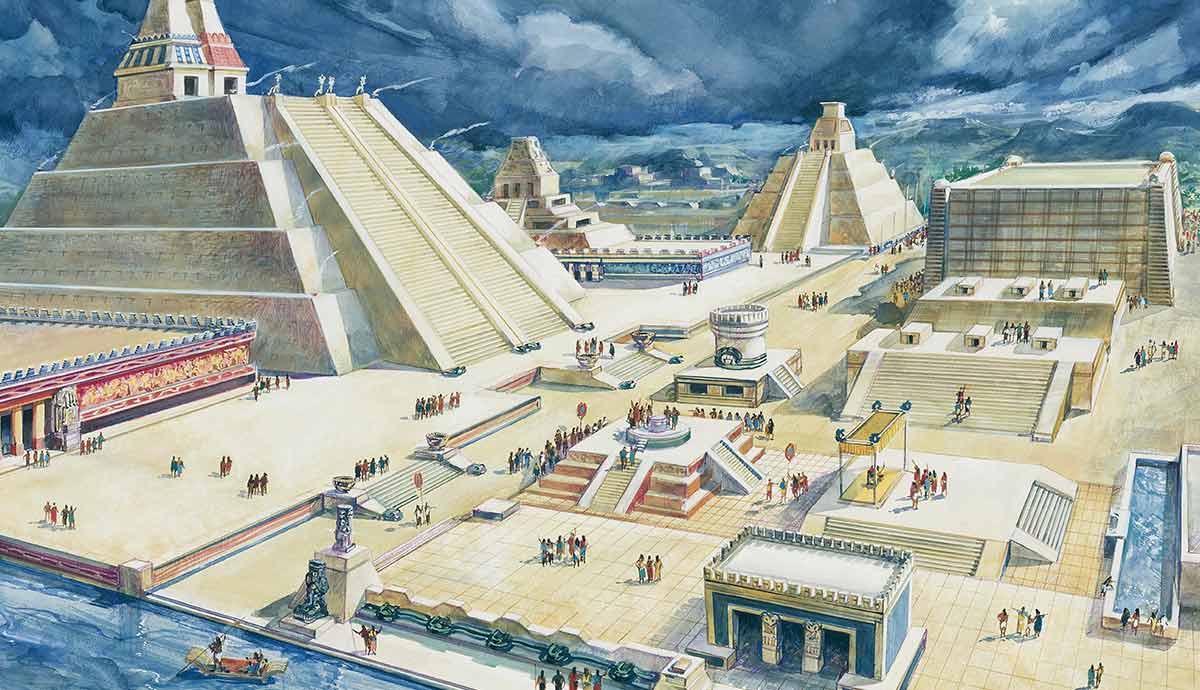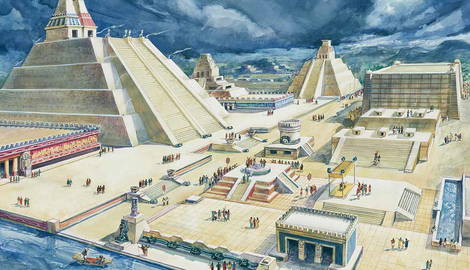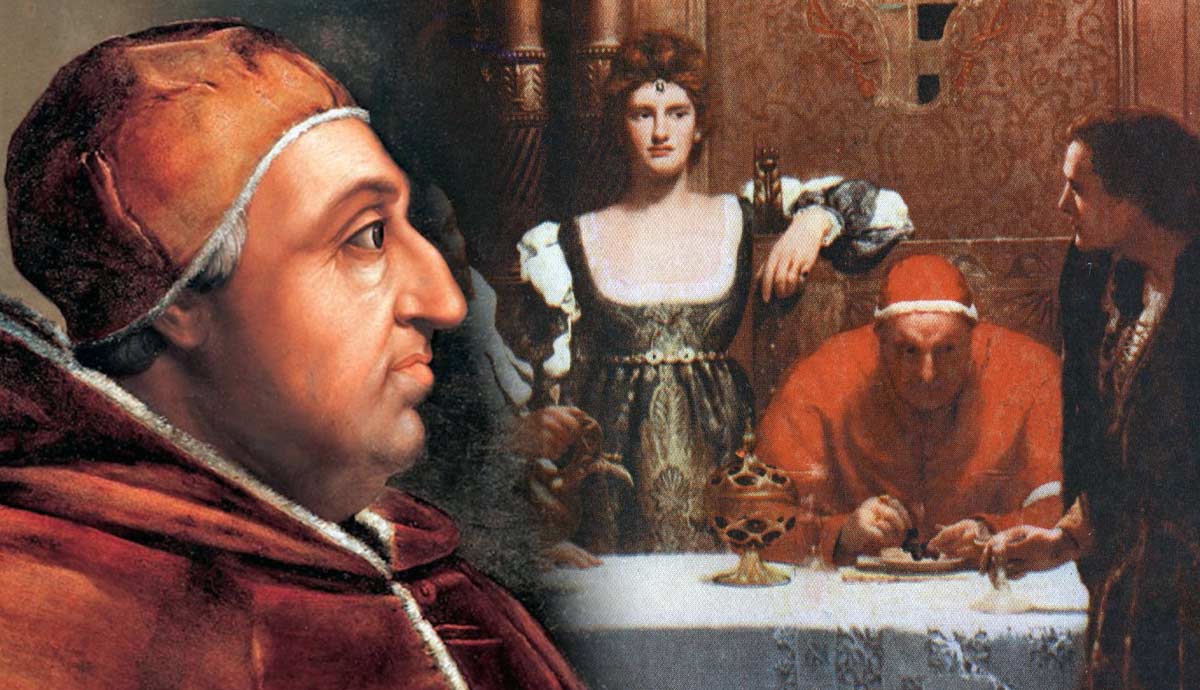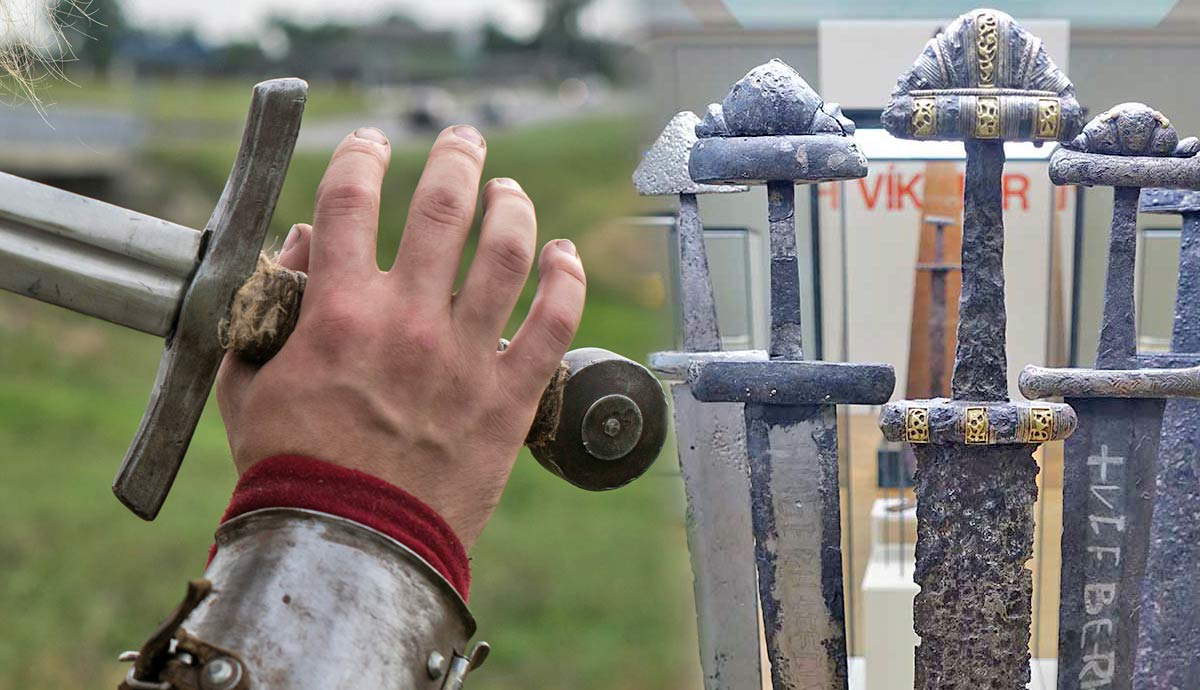
Before Europeans spread their influence across the Western Hemisphere, the Americas were a place with vibrant cultures stretching from the frigid north and south to the temperate zones and the tropics. The land offered its bounty, and great civilizations rose and fell long before Columbus made his voyage west.
These civilizations built towns and cities, with great construction works and wonders, some of which have been lost to the steady march of history.
Here are 4 of the biggest cities that existed in the Americas before colonization (in no particular order).
Cahokia: The Center of the Mississippian Culture

From 800 CE to 1600 CE, a collection of Native American societies flourished in the Midwestern, Eastern, and Southeastern United States. Of the Mississippian Culture’s settlements, Cahokia, believed to be a major religious center, was the largest. It was also likely the largest pre-Columbian/precolonial city north of Mexico.
Cahokia lasted from around 1050 CE to 1350 CE, and at its height in 1100 CE, it is estimated to have been the dwelling place of around 15,000 to 20,000 people, living in an area that covered 40,000 acres. New evidence uncovered in the 21st century suggests the population may have been as high as 40,000, making it larger than contemporaneous European cities like London and Paris.
Although named Cahokia, there is no record of what the inhabitants actually called their city. The Cahokia tribe were the people who lived in the area during the 17th century when French explorers discovered the site.

Archaeological evidence shows that Cahokia was a complex and well-organized city in which urban planning was evident, with the city divided into residential, public, and specialized zones. Feeding such a large population required food, and Cahokia was blessed by being surrounded by fertile land. It is believed that much of this land was used for farming corn.
The society of Cahokia was likely hierarchical in nature, and highly religious. Large mounds played home to religious rites performed by a ruling class of priests. Like many other large societies in pre-Columbian America, these rites included human sacrifice, which was most likely theatrical as well.
The remnants of this great city reside in Cahokia Mounds State Historic Site, eight miles northeast of St. Louis, Missouri. The site contains 51 mounds and partial reconstruction of the city’s palisade. It was declared a UNESCO World Heritage Site in 1982.
Teotihuacan: Ancient and Mysterious

Despite being situated just 25 miles northeast of Mexico City, a site associated with the Aztec Empire, Teotihuacan predates the Aztecs by around 1,500 years. Although the area was settled from around 400 BCE, it was three centuries later that the site underwent massive change with megaprojects being built, transforming the site into an awe-inspiring city filled with structural wonders.
At its height from around 1 CE to 500 CE, Teotihuacan was the biggest city in the Americas, with a population of 25,000 people, although some estimates claim the city may have been home to as many as 125,000 people. The city was dotted with temples and plazas and had a canal that served as a source of water. Bisecting Teotihuacan was the Avenue of the Dead. This road was 1.5 miles long, and 130 feet wide, and terminated at its north end by the magnificent Pyramid of the Moon. An even bigger pyramid, the Pyramid of the Sun, lay on its eastern side.

Teotihuacan was a massive and powerful trade metropolis at the time, and likely had a monopoly on the obsidian trade, which was extremely important. Other goods such as cotton, cacao, ceramics, and feathers were also likely traded in significant quantities.
Knowledge on who built the city is left to theories and conjecture, but there was possible reciprocal influence, as common design features from past, present, and future civilizations in Central America can be found in Teotihuacan. No one knows who really built the city, and it is very much a subject of archaeological and historical debate.
No one is sure what happened when the city fell either. What is known is that there was a great fire. It has been suggested that there was an uprising against the ruling elite, or that the city was sacked by invaders. Whatever the cause, however, by the middle of the 8th century CE, the city had been abandoned.
Declared a UNESCO World Heritage Site in 1987, Teotihuacan covers 32 square miles (83 square kilometers) and is one of the most visited sites in Mexico.
Chan Chan: A Desert Metropolis

The largest city in South America during the pre-Columbian era, Chan Chan was the capital of the Chimor Kingdom, which rose around 900 CE and which was conquered by the Incas in 1470 CE.
Chan Chan is thought to have been built around the middle of the 9th century CE, reaching its peak around 1000 CE. Situated in the arid desert coastal plain of the Pacific, the city was built at the mouth of the Moche River, fed by a glacial lake high up in the Andes. At its height, Chan Chan held an estimated population of between 40,000 and 60,000 people.
The vast ruins span 14 square miles (36 square km) and are remarkably well-preserved due to the dry desert climate in which they are situated. As such, much of the adobe constructions and their details have been preserved. Recent climatic changes and El Niño have threatened the preservation of the city, and some efforts have been made to restore some of the damage. Chan Chan represents the biggest adobe city ever built.

The city reflected the hierarchical nature of the society, and the center of the city consists of several walled citadels with plazas, gardens, reservoirs, pyramidal temples, cemeteries, and living spaces for the aristocracy, while the rest of the population lived in much smaller dwellings outside of the city center.
After the Chimor Kingdom was conquered by the Incas, the societal structure of Chan Chan broke down, and the city went into decline. It suffered further when the Spanish established the city of Trujillo 3 miles east of Chan Chan, further diminishing its importance. Soon after, the Spanish looted Chan Chan, and thereafter, its ruins stood abandoned.
It was designated a UNESCO World Heritage Site in 1986.
Tenochtitlan: The Famed City of the Aztecs

Around 1325, the Aztec city of Tenochtitlan was established on an island near the western coast of Lake Texcoco. The site was chosen according to a prophecy from the war god Huitzilopochtli, who had directed the Aztecs to build a city where they saw an eagle perched on a cactus, eating a snake.
Tenochtitlan grew quickly. A breakaway city Tlatelolco, was established on the north of the island, but was conquered and absorbed into Tenochtitlan. The Aztecs, through alliances and conquests, quickly established dominance in the region, and Tenochtitlan grew to house between 200,000 and 400,000 people. In Europe, only Paris, Venice, and Constantinople were comparable in size at the time.

Tenochtitlan was a city of immense grandeur with many religious structures and towering pyramids. The greatest of these was the Templo Mayor, a pyramidal temple dedicated to Huitzilopochtli, and the rain god, Tlaloc. Famously, or perhaps infamously, the religious rites performed at this site were particularly gruesome.
Marvels of engineering, the city was connected to the mainland via causeways built of stone, with wooden bridges that could be raised to facilitate water traffic through the water zones.
Tenochtitlan’s story came to an end in 1521 with the arrival of the Spanish and a subsequent siege. Conquistadors, allied with the Tlaxcalan people, razed the city after a 75-day siege. Today, Lake Texcoco has disappeared, and upon it, and the rubble of Tenochtitlan, lies the sprawling metropolis of Mexico City.










